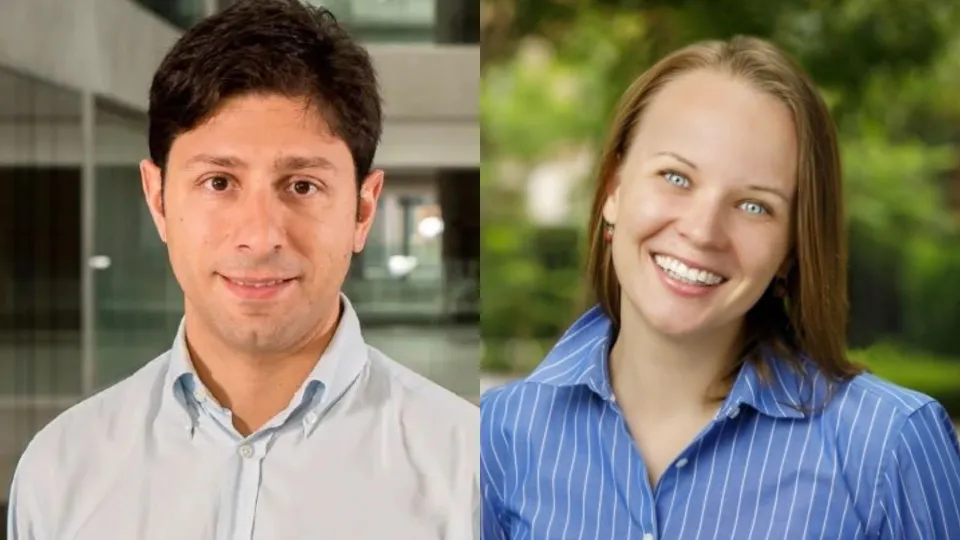
The “Stars” of Billion-Dollar Lawsuits: How Elite Law Firms Dominate Major Corporate Battles
When a multinational corporation is sued for fraud, abuse, or mismanagement, public attention often focuses on the name of the company. But behind the scenes, the real battle is between law firms: those representing managers and those defending shareholders or consumers. It is precisely the latter—the large firms representing the plaintiffs—that are the focus of a new study by Alberto Manconi (Bocconi, Department of Finance) and Ekaterina Neretina (Bocconi, Department of Accounting), together with Allen Ferrell (Harvard Law School), William Powley (Cake Shop Capital), and Luc Renneboog (Tilburg University).
The research, published in the Journal of Accounting Research, scrutinizes over 35,000 corporate lawsuits in the United States between 1970 and 2020. The key question is as simple as it is far-reaching: do the top law firms really deliver better results for their clients, or are they simply better at choosing winning cases?
Behind the numbers of big cases
The authors have set up an impressive database that cross-references data on listed companies, federal courts, and litigation insurance. Among the most notable cases are the giants Enron ($7 billion in compensation in 2008), GlaxoSmithKline ($3 billion in 2012), and Abbott Laboratories ($1.8 billion in 2009).
Even though star plaintiff law firms outperform other law firms, a nontrivial part of their performance may be attributed to a selection mechanism matching them to larger lawsuits.
The analysis shows that the top ten American law firms, known as ‘star law firms’, control about one-third of the total compensation in corporate lawsuits. But, as the authors point out, “even though star plaintiff law firms outperform other law firms, a nontrivial part of their performance may be attributed to a selection mechanism matching them to larger lawsuits.”
The “star” effect: competence or branding?
According to the study, superstar law firms obtain on average 8% higher compensation. However, over 80% of their performance can be “predicted” by the level of insurance coverage and the case characteristics. Stars therefore generate value, but part of their strength comes from the fact that they attract the most profitable cases.
What’s more, these law firms charge their clients fees that are on average 6% higher than ordinary firms—an extra that, on a $20 million case, is worth about $1.2 million.
When reputation becomes a legal weapon
The study highlights that reputation in the legal services market acts as a barrier to entry: emerging firms struggle to compete with established names, which enjoy greater visibility and attract more informed (or simply wealthier) clients. The risk is that the system remains dominated by a few “superstars,” regardless of the actual quality of service.
[Our results are] consistent with a selection effect, that is, an economic mechanism that matches star plaintiff law firms to lawsuits where a less prestigious law firm might be able to obtain a similar outcome.
As Manconi and Neretina observe, “[Our results are] consistent with a selection effect, that is, an economic mechanism that matches star plaintiff law firms to lawsuits where a less prestigious law firm might be able to obtain a similar outcome.”
A billion-dollar market (in need of rethinking)
In addition to revealing the economic role of law firms, the research opens up a broader reflection on corporate governance and the fairness of the judicial system. If reputation can determine who gets justice—and how much it costs—then competition between firms should be more transparent.
The work of Manconi and colleagues shows that “corporate justice” is not only a matter of law, but also of economics, information, and market power. And, as is often the case, it is not only those who are right who win, but those who can afford the best legal team.
Allen Ferrell, Alberto Manconi, Ekaterina Neretina, William Powley, Luc Renneboog, “Corporate Litigation, Governance, and the Role of Law Firms”, Journal of Accounting Research (2025). DOI: 10.1111/1475-679X.70021

